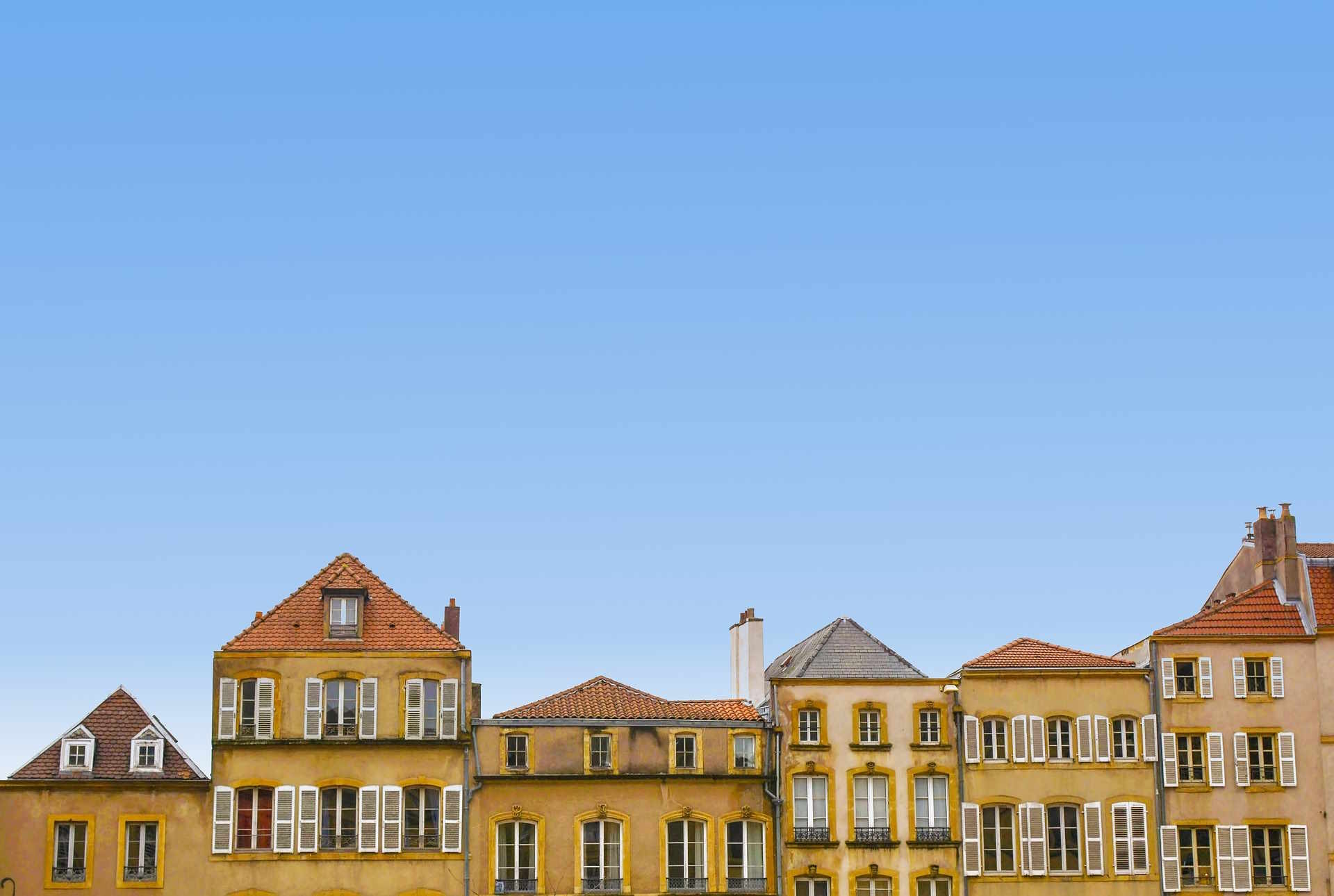Decoding the Intricacies of Mixed-Use Real Estate Development
The world of real estate is rapidly evolving, with innovative investment strategies and property types emerging. One such dynamic concept is mixed-use development, a blend of residential, commercial, and cultural uses in one integrated space. This article delves into the intricacies of mixed-use real estate development, discussing its historical context, current trends, and potential impact on the overall property market.
The Genesis of Mixed-Use Development
Mixed-use developments are not a new phenomenon. Historically, cities and towns often had a mix of different uses within close proximity, such as homes above shops. However, in the mid-20th century, zoning laws began to separate different types of land use. The recent resurgence of mixed-use developments can be traced back to the late 90s and early 2000s, driven by desire for walkable urban environments and sustainable development.
The Present Scenario: Mixed-Use Development Trends
Today, mixed-use developments are increasingly popular, particularly in urban areas. They offer a solution to urban sprawl, reduce commute times, and foster vibrant, diverse communities. The trend is towards vertical mixed-use developments, with different uses stacked on top of each other in high-rise buildings. These developments often include amenities like gyms, rooftop gardens, and communal workspaces, adding to their appeal for modern urban dwellers.
Understanding the Benefits and Challenges of Mixed-Use Development
Mixed-use developments present an array of advantages. They generate a steady income stream from multiple sources, offer risk diversification, and often enjoy high occupancy rates due to their appeal to a broad demographic. Moreover, they contribute to sustainable urban development by promoting walkability and reducing car dependency.
However, mixed-use developments also pose certain challenges. They require complex planning and management due to the different types of uses involved. Financing can also be more complicated, with lenders often viewing these developments as riskier than single-use properties.
The Impact of Mixed-Use Development on the Real Estate Market
The rise in mixed-use developments is reshaping the real estate market. They are attracting significant investment, driving urban regeneration, and influencing property prices. As mixed-use developments become more prevalent, they are likely to impact property trends, planning policies, and investment strategies.
Conclusion
Mixed-use developments are a compelling aspect of the evolving real estate landscape. By understanding their history, current trends, benefits, and challenges, investors, developers, and urban planners can better navigate this dynamic sector. As we move forward, mixed-use developments will undoubtedly continue to play a pivotal role in shaping our urban environments and the broader real estate market.





